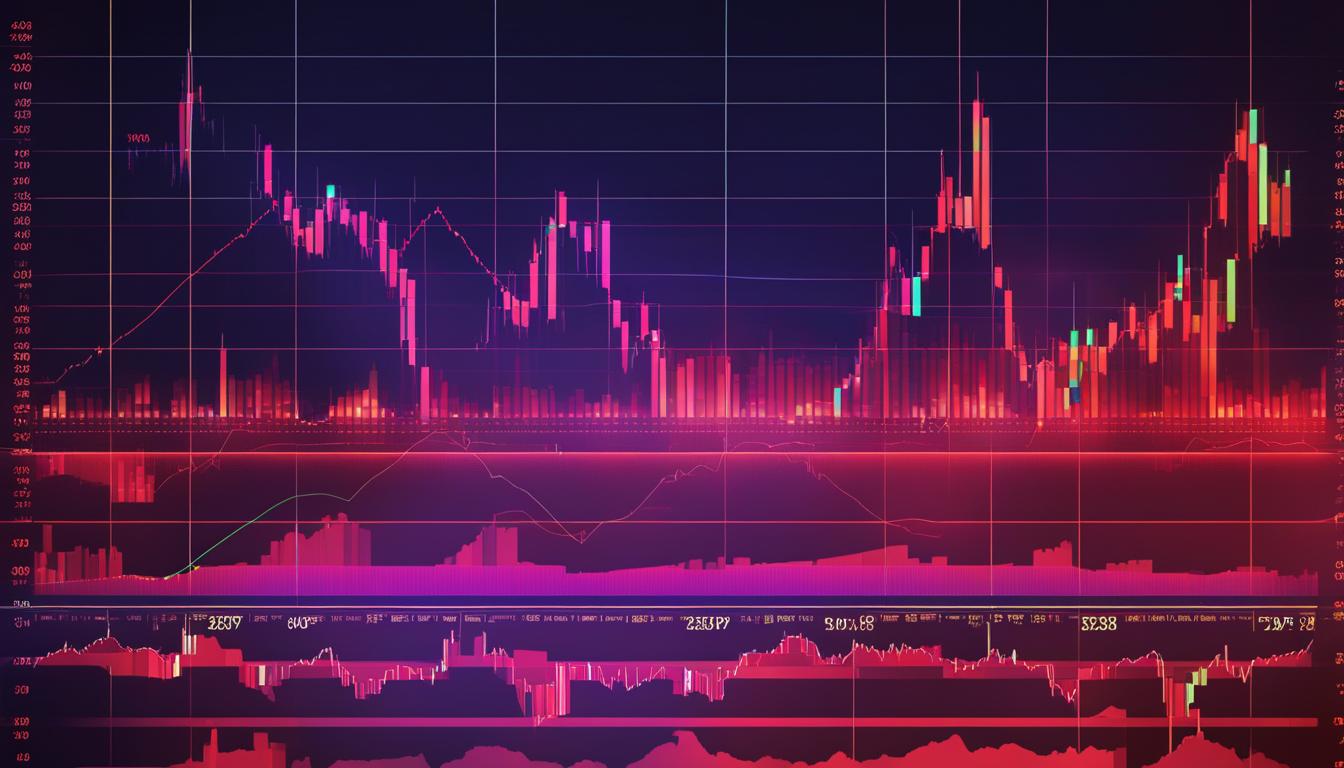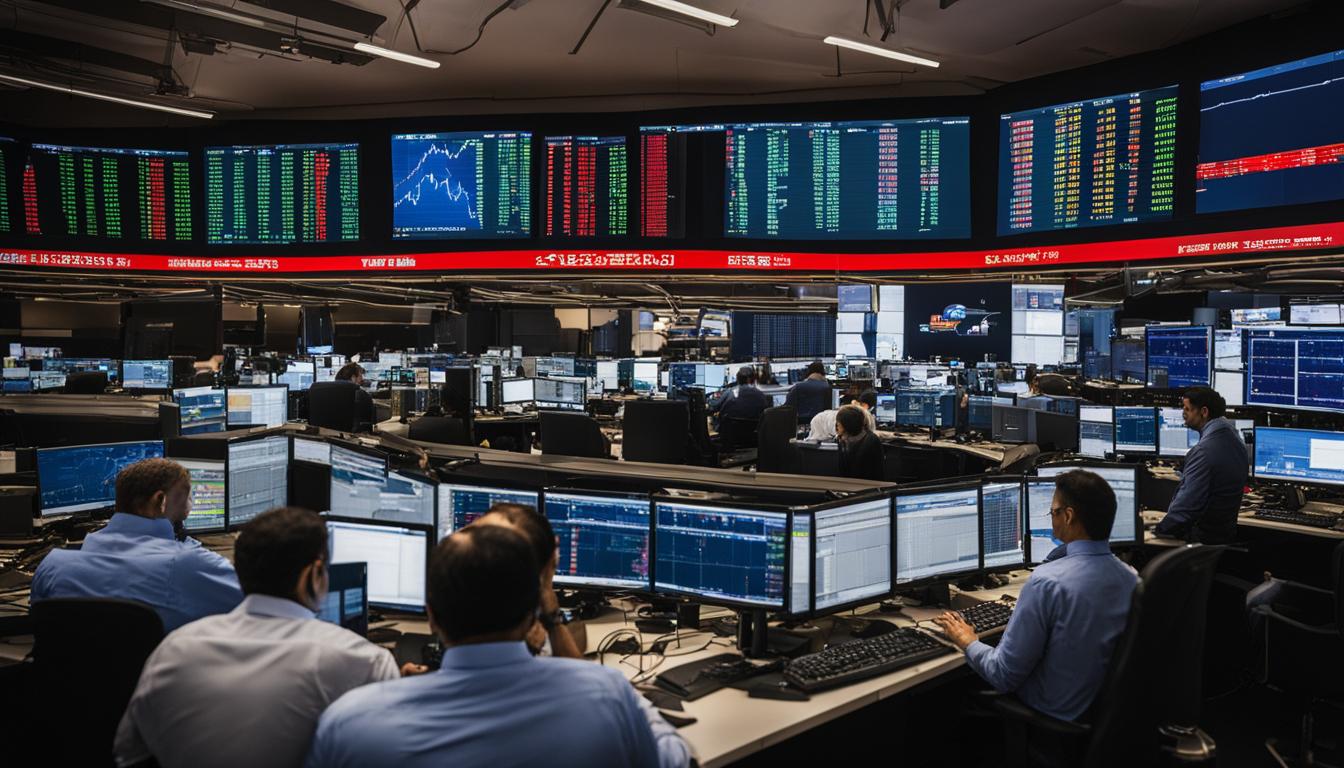How To Deal With Increasing Implied Volatility In Options Trading
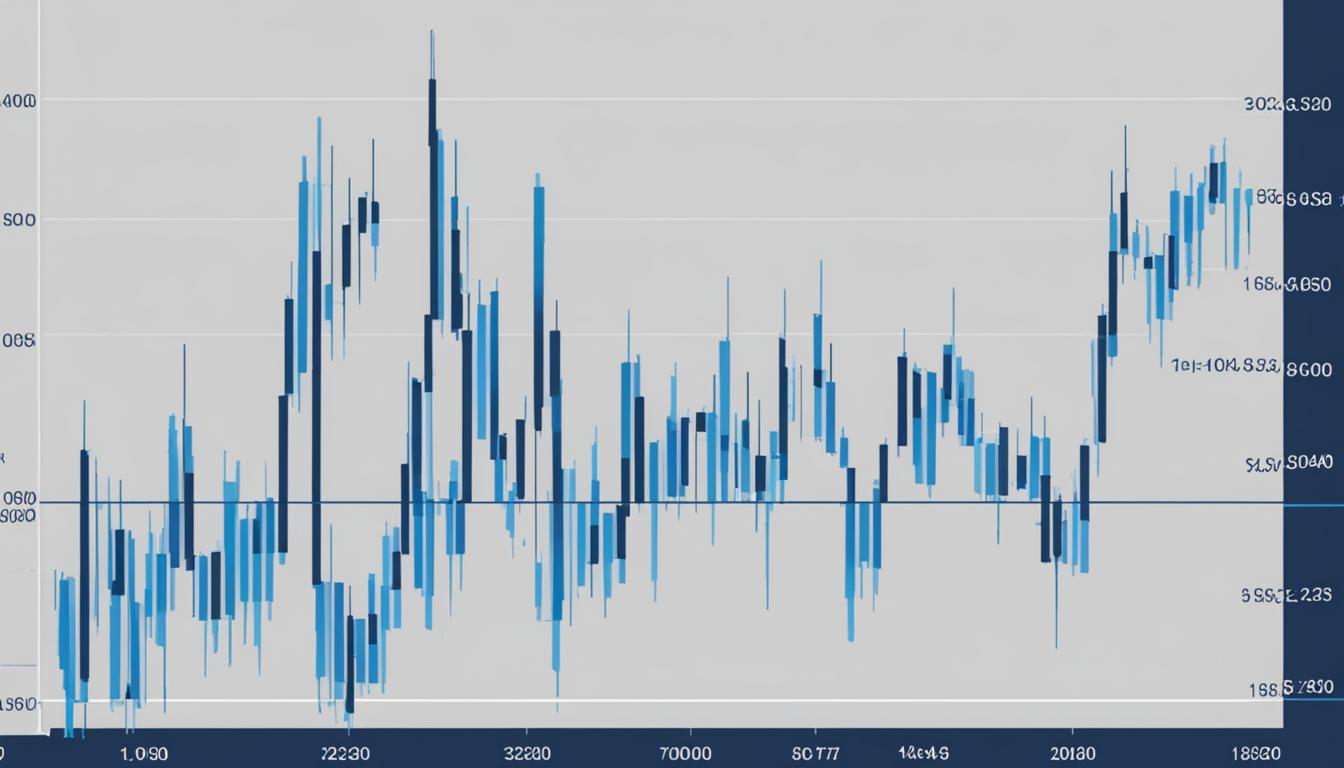
Implied volatility plays a crucial role in options trading, influencing the pricing and volatility of these financial instruments. As market conditions fluctuate, it’s essential for traders to understand how to navigate increasing implied volatility and effectively manage their positions.
Key Takeaways:
- Increasing implied volatility can impact options pricing and create both risks and opportunities in the market.
- Traders can utilize strategies such as going long puts, shorting calls, and implementing various option strategies to trade volatility and generate returns.
- Factors like the current price of the underlying asset, strike price, type of option, time to expiration, and dividends can influence the price of an option.
- Implied volatility is a measure of future volatility implied by the option price, and it has a significant impact on option prices.
- Understanding volatility, utilizing Vega, and implementing specific trading strategies can help traders navigate increasing implied volatility effectively.
Factors That Determine the Price of an Option
When it comes to options trading, the price of an option is influenced by several key factors. Understanding these factors is essential for traders to make informed decisions and effectively manage their positions.
Current Price of the Underlying Asset
The current price of the underlying asset plays a crucial role in determining the price of an option. As the price of the underlying asset increases, the value of a call option generally rises, while the value of a put option generally decreases. Conversely, as the price of the underlying asset decreases, the value of a call option generally decreases, while the value of a put option generally increases.
Strike Price and Type of Option
The strike price is the predetermined price at which the option can be exercised. In general, the closer the strike price is to the current price of the underlying asset, the higher the option’s value. Additionally, the type of option, whether it’s a call option or a put option, also affects its price. Call options give the holder the right to buy the underlying asset, while put options give the holder the right to sell the underlying asset.
Time to Expiration, Risk-Free Interest Rate, Dividends, and Volatility
Other factors that impact the price of an option include the time to expiration, the risk-free interest rate, dividends on the underlying asset, and volatility. The longer the time to expiration, the more time the option has to potentially move in the desired direction, resulting in a higher value. The risk-free interest rate influences the present value of future cash flows from the option, while dividends can affect the price of the underlying asset. Lastly, volatility plays a significant role in options pricing. Higher volatility generally leads to higher option prices, as there is a greater likelihood of larger price movements.
Understanding these factors is crucial for options traders to assess the potential profitability and risks of their positions. By carefully considering the current price of the underlying asset, strike price, type of option, time to expiration, risk-free interest rate, dividends, and volatility, traders can make more informed decisions and develop effective trading strategies.
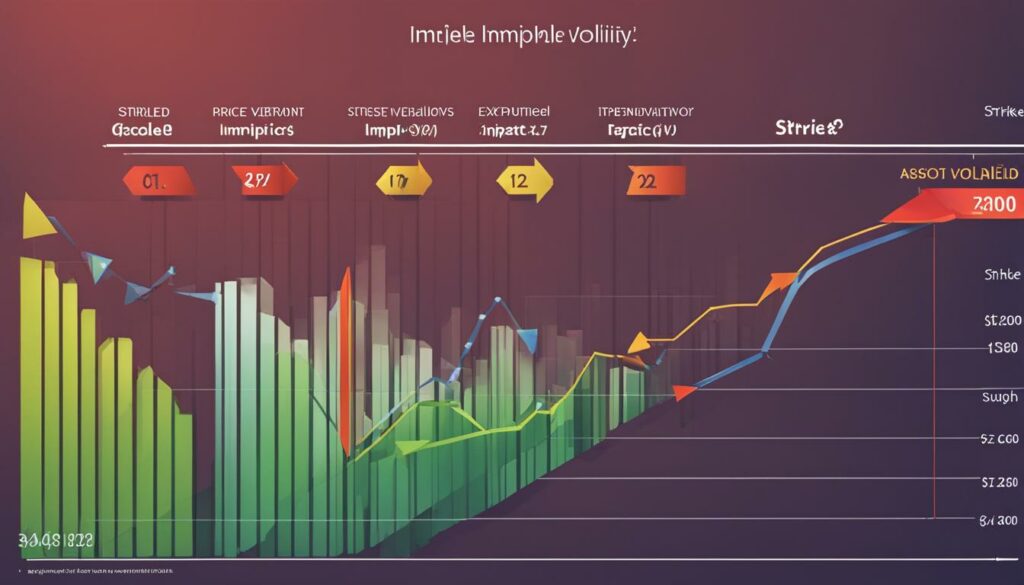
| Factors | Influence on Option Price |
|---|---|
| Current Price of the Underlying Asset | Directly affects the value of call and put options |
| Strike Price and Type of Option | The proximity of the strike price to the current price of the underlying asset, and the type of option impact option value |
| Time to Expiration | Longer expiration times generally result in higher option values |
| Risk-Free Interest Rate | Influences the present value of future cash flows from the option |
| Dividends | Can impact the price of the underlying asset, affecting option value |
| Volatility | Higher volatility generally leads to higher option prices |
Historical vs. Implied Volatility
When it comes to options trading, volatility plays a crucial role in determining the price of an option. Volatility can be categorized into two types: historical and implied. Historical volatility refers to the actual volatility demonstrated by the underlying asset, while implied volatility is the level of volatility implied by the current option price.
Historical volatility is calculated based on past price movements of the underlying asset, providing insight into its level of fluctuation. On the other hand, implied volatility is derived from the options market, reflecting market participants’ expectations of future volatility. Implied volatility is regarded as more relevant for options pricing, as it takes into account future market movements.
“Volatility can be historical or implied. Historical volatility is the actual volatility demonstrated by the underlying asset, while implied volatility is the level of volatility implied by the current option price.”
Implied volatility serves as a key input in options pricing models, as it helps estimate the probability of price fluctuations during the option’s lifespan. When implied volatility is high, options tend to be more expensive, reflecting the anticipated price swings in the underlying asset. Conversely, when implied volatility is low, options tend to be cheaper, indicating the expectation of relatively stable market conditions.
Traders and investors closely monitor implied volatility levels, as they can influence the profitability of certain options strategies. Higher implied volatility may present opportunities for selling premium through strategies such as credit spreads, while lower implied volatility may be advantageous for buying premium through strategies like debit spreads. By understanding and analyzing implied volatility, traders can make informed decisions about their options trades and potentially capitalize on changing market conditions.

Historical vs. Implied Volatility: A Comparison
To better understand the difference between historical and implied volatility, consider the following comparison:
| Aspect | Historical Volatility | Implied Volatility |
|---|---|---|
| Calculation | Based on past price movements | Derived from the options market |
| Focus | Actual volatility of the underlying asset | Expected future volatility of the underlying asset |
| Use in Options Pricing | Less relevant | More relevant |
| Options Pricing Impact | Less influential | Significantly influences option prices |
In conclusion, historical and implied volatility are two distinct measures that play a crucial role in options trading. While historical volatility reflects the past volatility of the underlying asset, implied volatility focuses on expectations of future price fluctuations derived from the options market. Understanding both types of volatility is essential for options traders to make informed decisions and implement effective trading strategies.
Trading Volatility and Vega
Traders in the options market can take advantage of volatility to generate profits by understanding the concept of Vega, which measures the sensitivity of an option’s price to changes in volatility. Vega is a key factor in options pricing and can be utilized to enhance trading strategies. It is particularly relevant in times of increasing implied volatility, where traders can capitalize on the potential fluctuations in option prices.
One way to gauge relative volatility is by comparing the current volatility of a stock to its historical volatility. This information can help traders assess the expected future movements of the stock and make informed decisions. Additionally, the Cboe Volatility Index (VIX), often referred to as the fear gauge, provides a measure of market volatility. Traders can use the VIX as a guide to identify periods of high or low volatility, signaling potential buying or selling opportunities.
When implied volatility is high, traders typically sell options to take advantage of the inflated option prices. This strategy allows them to profit from the expected decrease in implied volatility. Conversely, when implied volatility is low, traders may consider buying options, anticipating an increase in volatility and subsequent higher option prices. By monitoring and trading volatility, traders can navigate the options market and potentially capitalize on market trends.
Vega and Options Pricing
Vega is an essential component of options pricing, as it quantifies the impact of changes in implied volatility on an option’s price. An option with a higher Vega will experience a more significant price change for a given change in implied volatility compared to an option with a lower Vega. This sensitivity to volatility allows traders to profit from correctly predicting changes in implied volatility levels.
Traders can reference historical volatility, implied volatility, and the VIX to assess the potential direction of volatility in the options market. By understanding the relationship between Vega and volatility, traders can make informed decisions and strategically adjust their options positions to capitalize on changing market conditions.
| Volatility Trading Strategies | Description |
|---|---|
| Short Straddles and Strangles | Selling both call and put options with the same strike price and expiration date to profit from a decrease in volatility. |
| Ratio Writing | Writing more options than purchasing, taking advantage of the potential decrease in implied volatility. |
| Long Puts | Profiting from a decline in the underlying asset’s price by purchasing put options. |
| Short Calls | Selling call options to profit from a decline in the underlying asset’s price. |
By incorporating volatility trading strategies into their options trading approach and closely monitoring Vega and market volatility indicators like the VIX, traders can enhance their ability to profit from changing market conditions and fluctuations in implied volatility.

Strategies for Dealing with Increasing Implied Volatility
When faced with increasing implied volatility, traders have a range of strategies at their disposal to manage their positions and potentially profit from market fluctuations. Let’s explore some of the most commonly used option trading strategies:
- Go long puts: This strategy involves buying put options, which gives traders the right to sell the underlying asset at a specified price within a certain timeframe. By going long puts, traders can profit from a decline in the price of the underlying asset, providing a hedge against increasing implied volatility.
- Short calls: Traders can also choose to short call options, which involves selling call options without owning the underlying asset. This strategy allows traders to profit from a decline in the price of the underlying asset, while also potentially benefiting from the increase in implied volatility.
- Short straddles: In a short straddle, traders simultaneously sell a call option and a put option with the same strike price and expiration date. This strategy aims to profit from a decrease in volatility, as the premiums received from selling the options can offset any potential losses in the underlying asset.
- Short strangles: Similar to a short straddle, a short strangle involves selling a call option and a put option. However, in a short strangle, the strike prices of the two options are different. Traders employ this strategy when they anticipate a moderate decrease in volatility.
- Ratio writing: Ratio writing is a strategy where traders sell more options than they purchase, creating a ratio of sold to bought options. This strategy can be used to take advantage of increasing implied volatility, as the additional sold options can help offset losses from the underlying asset.
These strategies are just a few examples of how traders can navigate increasing implied volatility in options trading. It’s important for traders to assess their risk tolerance, market outlook, and available capital before implementing any strategy. Additionally, conducting thorough research, analyzing historical data, and staying informed about market trends can help traders make informed decisions and potentially maximize profit potential.
Remember that options trading carries inherent risks, and it’s always advisable to consult with a financial professional or advisor before making any investment decisions.
The Importance of Risk Management
While strategies like going long puts or shorting calls can help manage risk in the face of increasing implied volatility, it’s crucial for traders to have a sound risk management plan in place. Implementing risk management techniques such as setting stop-loss orders, diversifying portfolios, and allocating a portion of capital for risk mitigation can help mitigate potential losses and preserve capital during volatile market conditions.
By incorporating effective risk management strategies alongside option trading strategies, traders can navigate the challenges posed by increasing implied volatility and potentially enhance their overall trading success.
| Option Trading Strategy | Objective |
|---|---|
| Go long puts | Profit from a decline in the underlying asset’s price |
| Short calls | Profit from a decline in the underlying asset’s price |
| Short straddles | Profit from a decrease in volatility |
| Short strangles | Profit from a moderate decrease in volatility |
| Ratio writing | Offset losses from the underlying asset using additional sold options |
Using Implied Volatility in Options Trading
Implied volatility plays a crucial role in options trading, and understanding how to use it can help traders make informed decisions. By analyzing whether implied volatility is high or low, traders can identify potential buying and selling opportunities in the options market.
Options with high implied volatility often have higher option premiums, making them attractive for selling premium. Traders can take advantage of this by selling options and collecting premium income. On the other hand, options with low implied volatility may present opportunities for buying premium, as the lower premiums make them more affordable.
To effectively use implied volatility in options trading, it is essential to research the reasons behind high or low implied volatility and understand its potential impact on the underlying stock’s future movements. This analysis can help traders determine whether the current implied volatility levels are justified and identify potential mispricings in the options market.
Using Table to Visualize Implied Volatility Levels
| Implied Volatility Level | Implications |
|---|---|
| High IV | Opportunity to sell premium |
| Low IV | Potential opportunity to buy premium |
By using implied volatility as a tool in options trading, traders can enhance their strategies and maximize their potential profits. It allows them to capitalize on market dynamics, gauge market sentiment, and adjust their positions accordingly. Keeping a close eye on implied volatility levels and its impact on option premiums can provide valuable insights for successful options trading.
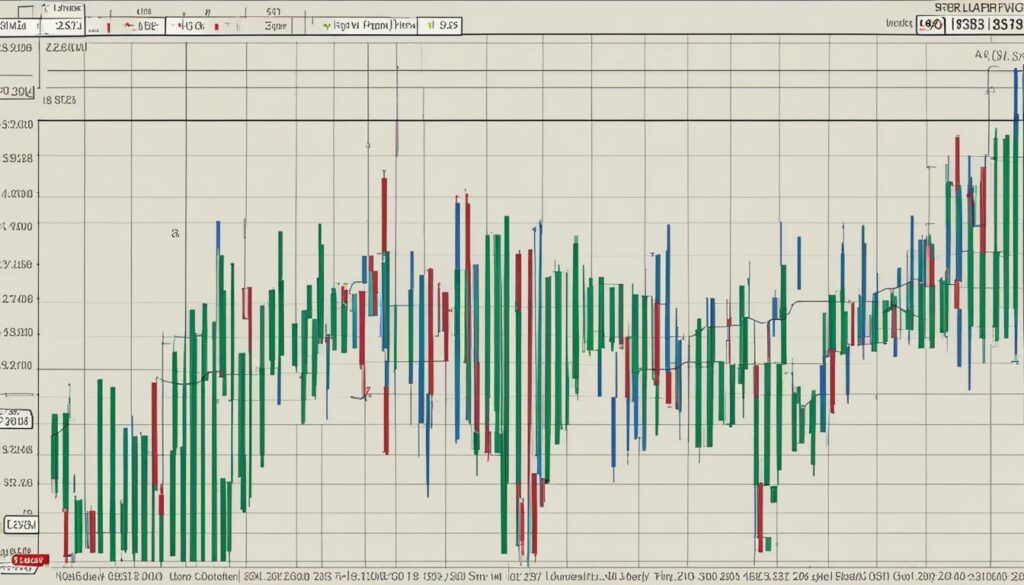
Conclusion
Options trading strategies can be effectively utilized to manage volatility risk and maximize profit potential. By understanding the factors that determine option prices, traders can develop robust strategies to navigate increasing implied volatility. Market sentiment plays a crucial role in identifying opportunities and managing risk in volatile markets.
Implementing suitable options trading strategies can help traders capitalize on market sentiment and profit from changing volatility. Whether it’s going long on puts to benefit from a decline in the underlying asset’s price or shorting calls to take advantage of decreasing volatility, traders have various tools at their disposal.
It’s essential to carefully analyze market conditions, evaluate implied volatility levels, and adjust trading strategies accordingly. By staying informed about factors affecting implied volatility and considering their potential impact on future stock movements, traders can make well-informed decisions.
Successful options trading relies on a combination of skillful analysis, risk management, and an understanding of market sentiment. By incorporating volatility risk management into their strategies, traders can navigate changing market conditions and position themselves for potential profits while effectively managing risk.
FAQ
How does implied volatility affect the price of an option?
Implied volatility is a crucial factor in determining the price of an option. An elevated level of implied volatility leads to higher option prices, while low implied volatility leads to lower option prices.
What is the difference between historical and implied volatility?
Historical volatility is the actual volatility demonstrated by the underlying asset, while implied volatility is the level of volatility implied by the current option price. Implied volatility is more relevant for options pricing as it looks forward to future volatility.
How can traders trade volatility and earn profits?
Traders can utilize various strategies, such as going long puts, shorting calls, shorting straddles or strangles, ratio writing, and iron condors, to trade volatility and generate returns.
How can traders use implied volatility in options trading?
By determining whether implied volatility is high or low, traders can identify opportunities to buy or sell options. Options with high implied volatility may present opportunities to sell premium, while options with low implied volatility may be attractive for buying premium.
What strategies can traders use to manage increasing implied volatility?
Traders can employ various strategies, such as going long puts, shorting calls, short straddles, short strangles, and ratio writing, to manage their positions and take advantage of increasing implied volatility.
How does Vega impact option prices?
Vega measures the sensitivity of option prices to changes in volatility. Traders can take advantage of option price sensitivity to changes in volatility by buying options when implied volatility is low and selling options when implied volatility is high.
How can traders use implied volatility to make informed decisions?
Traders can use implied volatility to make informed decisions in options trading. By researching the reasons behind high premiums and understanding the potential impact of implied volatility on the stock’s expected future movements, traders can enhance their trading strategies.





